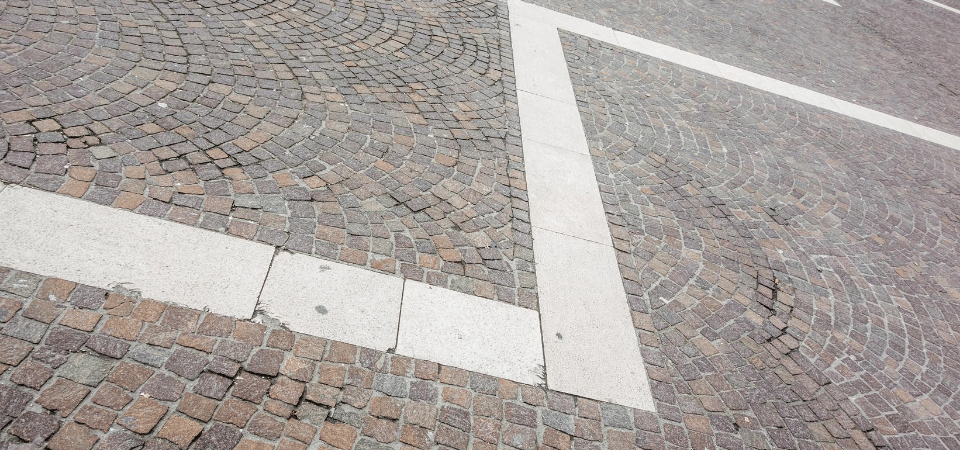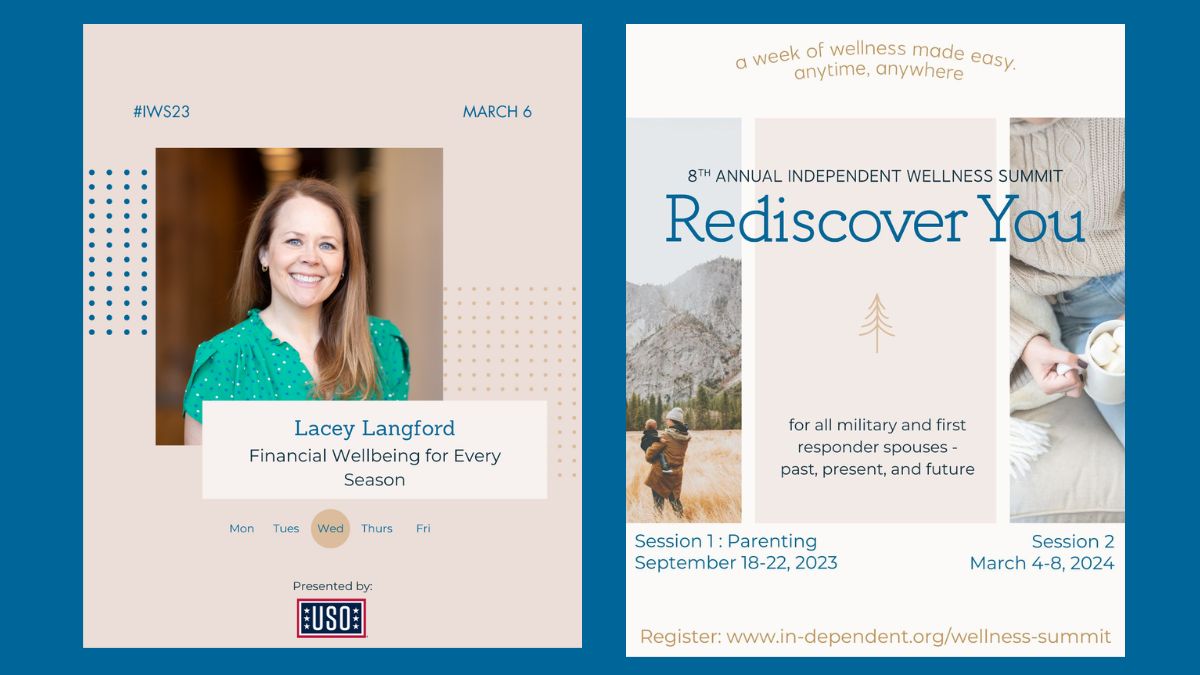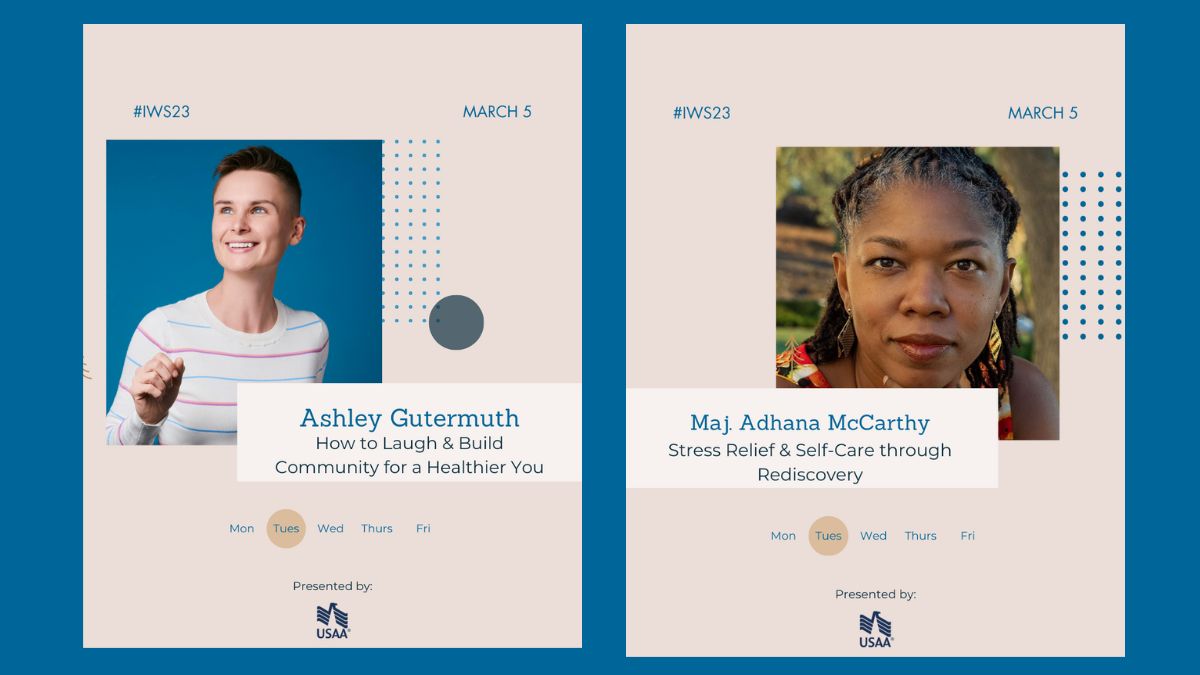This afternoon I went on a jog at my family’s farm in south Texas – along a trail through a piece of land that we affectionately call the Pecan Bottom. As Daisy (my Weimaraner) and I ran past the grazing cows, I noticed one of the trees that I used to play under as a little girl. My mind started to drift back to the times that my cousins and I would spend hours outside exploring the creek beds, climbing trees, and building forts out of fallen tree branches. I would even bring plastic bowls and water on our adventures to make yummy pecan soup in case we got famished. Of course, we were always within a short walk back to my parents’ house if we really needed anything.
Looking back, I am thankful for my parents’ willingness to let their little girl go out into the unknown and explore nature on her own. Still today, going outside is my escape. I go outdoors to clear my head, to think, or to just be.
In 2005, Richard Louv wrote Last Child in the Woods: Saving our children from nature-deficit disorder. Louv coined the term nature-deficit disorder, not meant to be a medical diagnosis, but instead to help explain the increasing disconnect between children and nature. No matter what age you are, I think we can all agree that times have changed since we were children. We benefit from new and constantly improving technology, but, according to Louv, the influx of technology is accompanied by an increase in sedentary lifestyle, mental fatigue, and less time spent outside. One way to combat this is to encourage our children to spend more time outside.
Research shows that contact with nature can aid in recovery from mental fatigue, and it can even restore attention. Studies also specifically suggest that attention disorders can be improved by an increase in the amount of time a child spends outside.In some cases, common behavioral medicines are being replaced by using nature as a therapy. Often going unnoticed, being outside is a calming force for everyone. Already, in my 9-month-old son, I see an immediate tranquility that comes over him as soon as we step out the back door. In fact, this morning by 10, he had already fallen a handful of times while crawling inside. As I scooped him up each time, wiped his big tears, and kissed his head, without hesitation I took him outside to swing under the big tree. Stepping outside works miracles. Crying immediately subsides and the smiles resume. He loves playing in the grass and “exploring” his 9-month-old, small, supervised area. As he gets older, we plan to continue encourage him to be outdoors and start exploring on his own, setting boundaries, but giving him the freedom to learn.
Unstructured playtime promotes learning, imaginative play, creativity, and it also accompanies physiological benefits, like balance and fine motor skills. “Natural play” is a term that Louv repeatedly uses to describe unstructured playtime in the outdoors. According to a report by the former director of the CDC’s National Center for Environmental Health, Howard Frumkin, M.D., children are more active when they are outside, as they use the time to play with friends, explore, or go on a family hike. When we are outside, mindful contact with our surroundings encourages us to use all of our senses. We become more attuned to listening to the birds or feeling a cool breeze, and we can recognize the smell of rain and fresh cut grass. The sound of cicadas buzzing in the evening becomes a calming sound, and the taste of wild blackberries is so sweet that we will never forget.
As a parent, I believe it is our responsibility to raise nature conscious children by introducing them to nature, showing them how to be good stewards of the environment, and teaching them the importance of living a healthy and active lifestyle. We can start by spending more time outside, and make a point to take our families with us for a hike in the woods or a walk on a favorite trail. The military provides families with the ability to live in different geographic regions, and most installations have open spaces that are accessible for natural play. In my next article I will offer some ideas of how to introduce (or reintroduce) nature to our children.
What are some of your favorite things to do with your children outside?





